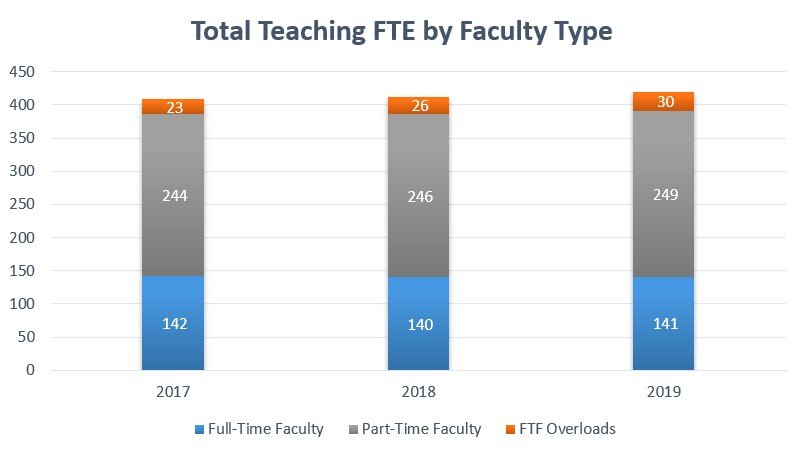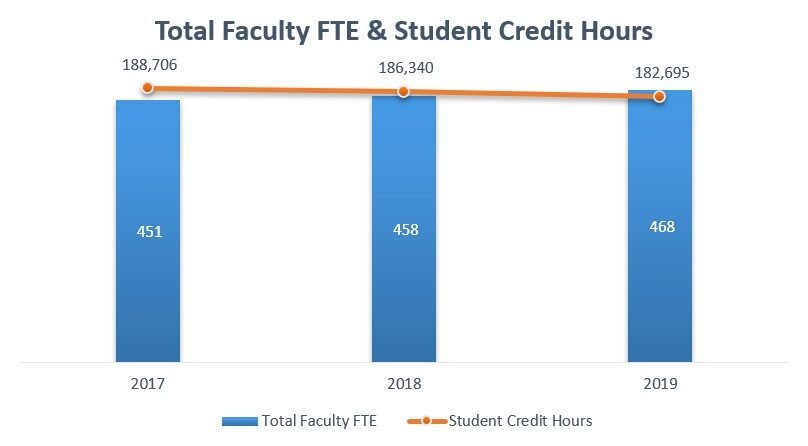Together again!
I had to remember how to do it. You get on the train. Uber to the hotel. Put on your lavalier mic. But after two full years of virtual engagement with the field, I found myself back in front of the room again. The milestone occurred at EACUBO’s Spring Gathering in Philadelphia.
I was joined in this presentation by Dr. Kathleen Hetherington, President Emeritus at Howard Community College (HCC). Our topic? Building Toward a Post Pandemic Future. But past is often prologue, and the robust engagement in the room could easily have been from March of 2020. Top of mind for participants was how to engage with campus stakeholders and lead them toward a sustainable business model.
Dr. Hetherington modeled the ‘how’ that’s always at the top of my list: courageous leadership. She captured the challenge in leading faculty that had already made significant reductions to HCC’s program portfolio. Despite those changes, rpk’s analysis revealed that while student credit hours at Howard had steadily decreased, the college had increased the number of faculty and the number of overload courses those faculty were teaching. That signaled opportunity for HCC to reallocate faculty resources toward areas of greater growth opportunity.
Charts 1 and 2 – HCC Student Credit Hours, Full time Equivalent Faculty and Overloads
While SCH declined year-over-year, faculty FTE increased

Use of overloads increased 29%

Ultimately, HCC put rpk’s analysis to work to improve course fill rates, reduce course releases, eliminate programs, and reallocate open positions. Those decisions have already produced over $1 million in savings at the college.
Perhaps even more importantly, Dr. Hetherington shared how the HCC/rpk partnership created a new data and action framework for the college. “This framework”, she said, “will strengthen our ability to pivot within a new landscape of increased ambiguity.”
Riding home on the train, it struck me what had truly changed in the intervening two years. The urgency for needed change to the higher education business model was far higher. And so, apparently, was the willingness to act from that sense of urgency.


